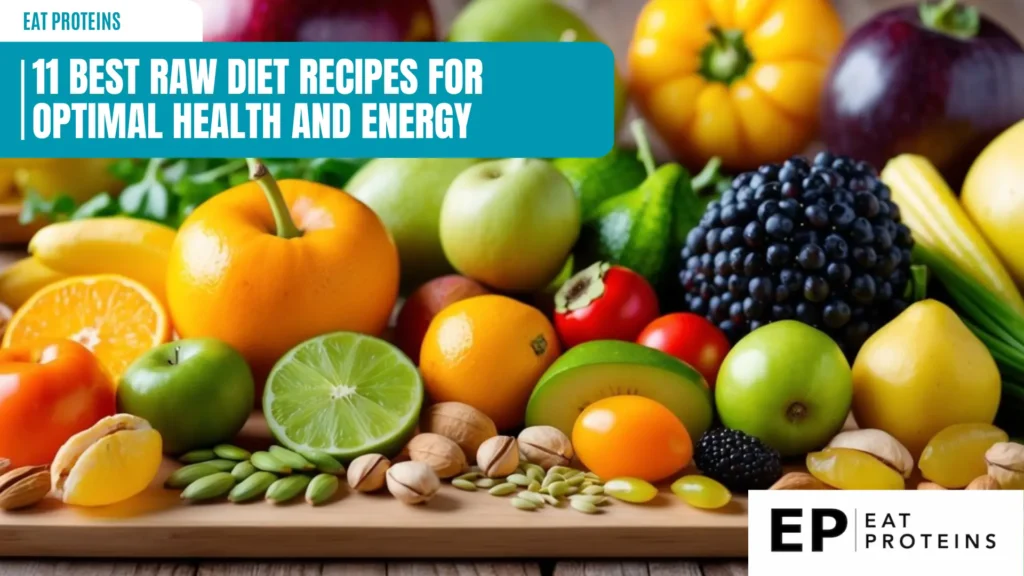
Raw food diets have gained popularity among health-conscious eaters in recent years. These diets focus on uncooked, unprocessed, and often plant-based foods. Many people believe raw diets can boost energy, improve digestion, and support overall wellness.
I’ve gathered 11 of the best raw diet recipes to help you explore this eating style. These recipes are simple to make and full of fresh, nutritious ingredients. They include options for breakfast, lunch, dinner, and snacks. Whether you’re new to raw eating or a seasoned pro, you’ll find tasty ideas to try.
1. Raw Kale Salad with Lemon-Tahini Dressing
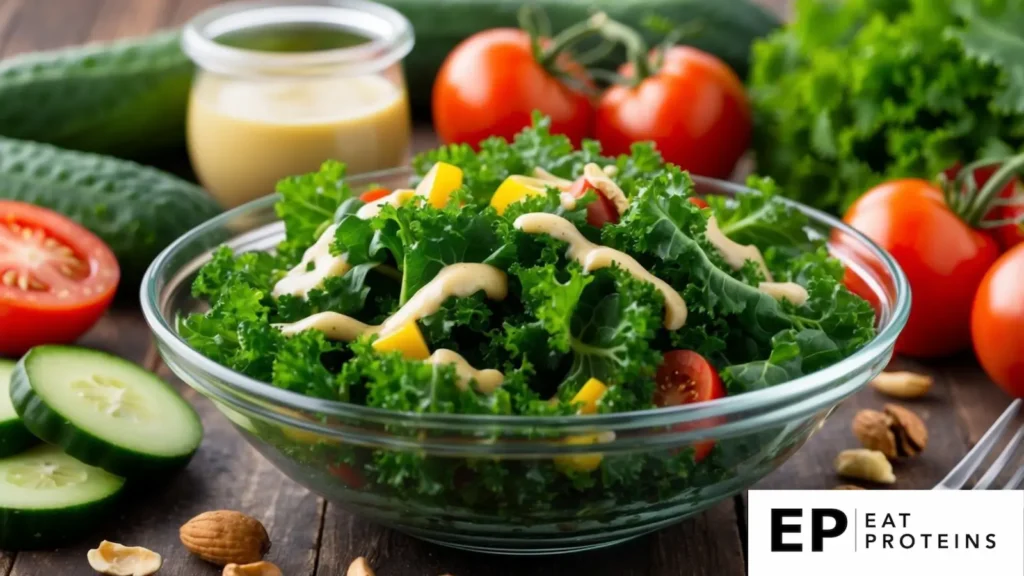
I love this raw kale salad for its simplicity and nutrition. Kale is packed with vitamins and minerals, making it a great base for a raw diet meal.
The lemon-tahini dressing adds a zesty, creamy flavor that complements the kale perfectly. This dish is quick and easy to prepare, taking about 15 minutes from start to finish.
To make the salad, I start by washing and chopping 1 bunch of kale into bite-sized pieces. Then I massage the kale with a pinch of salt for 2-3 minutes to soften it.
For the dressing, I mix 2 tablespoons of tahini, juice from 1 lemon, 1 minced garlic clove, and 2 tablespoons of water. I whisk these ingredients together until smooth.
I toss the massaged kale with the dressing and let it sit for 5 minutes to allow the flavors to meld. This salad serves as a great lunch or side dish for 2-3 people.
2. Spiced Carrot-Avocado Soup
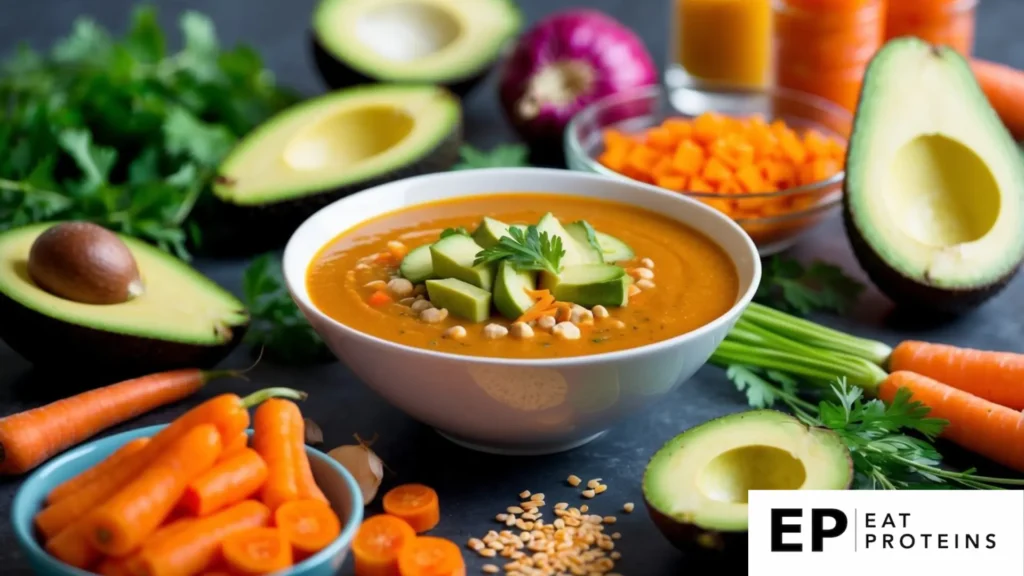
I love this raw, chilled soup. It’s a blend of sweet carrots and creamy avocado with a kick of spice. The recipe is simple and quick to make.
To start, I gather 2 cups of chopped carrots, 1 ripe avocado, 1 cup of water, and spices like cumin, coriander, and cayenne. I also add a squeeze of lemon juice for brightness.
I blend all the ingredients in a high-speed blender for about 2 minutes. This creates a smooth, velvety texture. If it’s too thick, I add a bit more water.
The soup is best when chilled for at least 30 minutes before serving. This allows the flavors to meld together.
I like to garnish it with a sprinkle of fresh herbs or a swirl of coconut cream. The soup keeps well in the fridge for up to 2 days.
This recipe is packed with nutrients from raw carrots and avocado. It’s a great way to enjoy a light, refreshing meal on a warm day.
3. Zucchini Noodles with Pesto
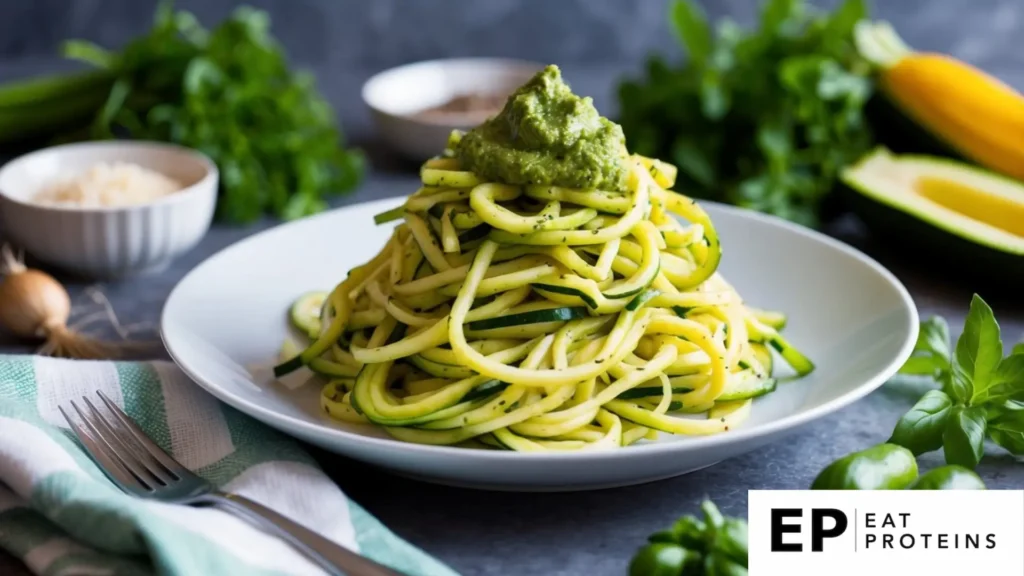
Zucchini noodles, or “zoodles,” are a tasty low-carb alternative to pasta. I love how easy they are to make and how well they pair with pesto.
To create zucchini noodles, I use a spiralizer or a julienne peeler. It takes about 5 minutes to turn 2-3 medium zucchinis into noodles.
For the pesto, I blend 2 cups of fresh basil, 1/3 cup of pine nuts, 2 cloves of garlic, 1/4 cup of olive oil, and a pinch of salt. This process takes about 3 minutes in a food processor.
I don’t cook the zucchini noodles to keep them raw and crunchy. I simply toss them with the pesto and serve.
This dish is ready in under 10 minutes. It’s fresh, light, and packed with nutrients. The zucchini provides a satisfying crunch, while the pesto adds a burst of flavor.
4. Mango-Avocado Salsa
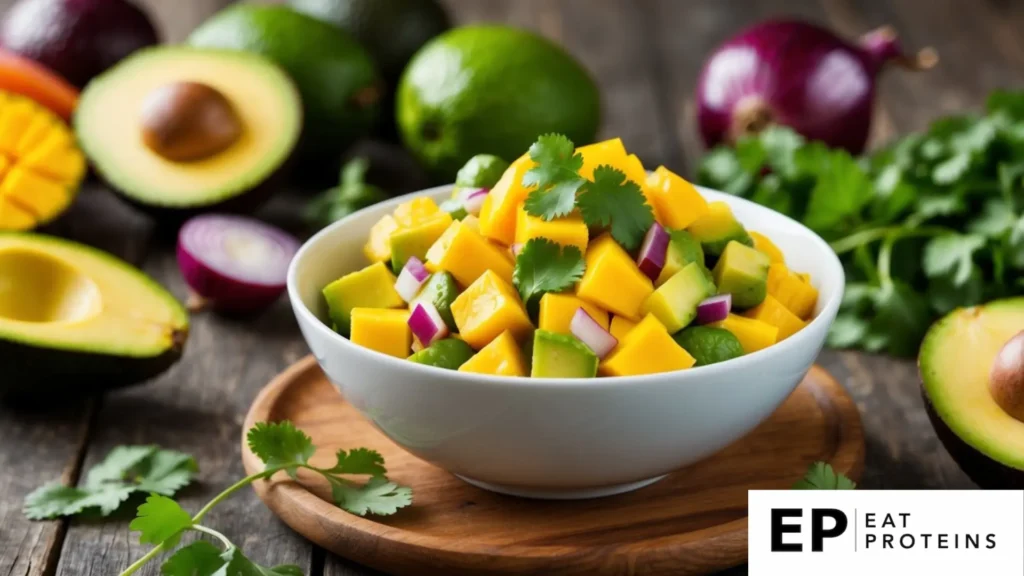
Mango-Avocado Salsa is a fresh, no-cook dish that combines sweet and creamy flavors. It’s perfect for raw food diets and takes just 10 minutes to prepare.
I start by dicing 1 ripe mango and 1 ripe avocado into small cubes. Then I finely chop 1/4 cup of red onion and 2 tablespoons of fresh cilantro.
In a bowl, I mix the mango, avocado, onion, and cilantro. I add the juice of 1 lime and a pinch of salt to taste. For a bit of heat, I sometimes include 1 finely chopped jalapeño pepper.
This salsa is rich in nutrients and enzymes from raw ingredients. Mangoes provide vitamin C, while avocados offer healthy fats and fiber.
I like to serve this salsa with raw vegetable sticks or use it as a topping for salads. It’s best eaten immediately, but can be stored in the fridge for up to 24 hours.
This simple recipe is a great way to add variety to a raw food diet. It’s tasty, nutritious, and easy to customize based on personal preferences.
5. Raw Pad Thai
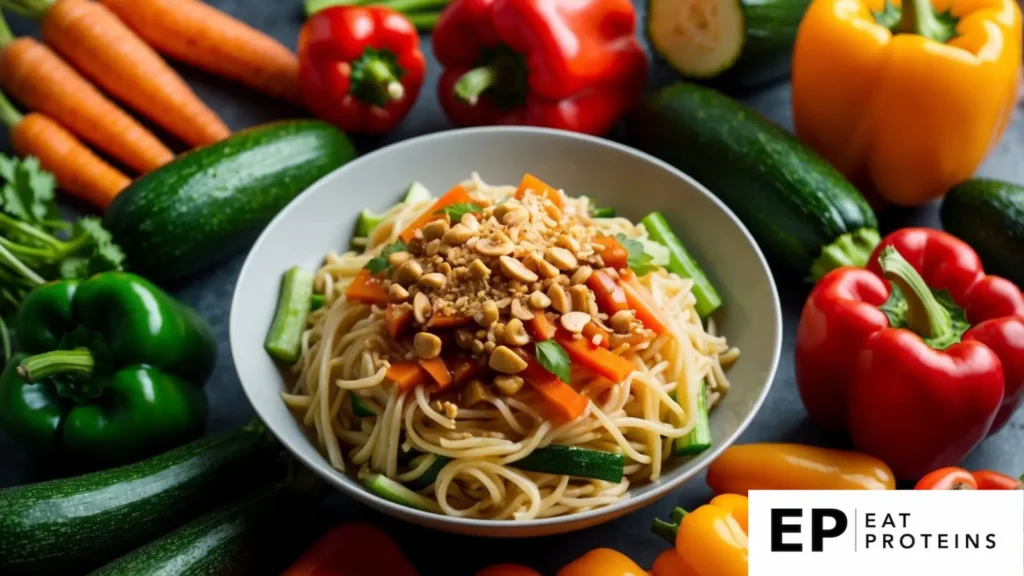
Raw Pad Thai is a delicious, plant-based version of the classic Thai dish. It’s made with uncooked vegetables and a flavorful sauce, keeping all the nutrients intact.
I find this recipe easy to make and perfect for hot summer days. It takes about 20 minutes to prepare and requires no cooking.
To make Raw Pad Thai, I start by spiralizing 2 zucchinis to create noodles. Then I julienne 1 carrot, 1 red bell pepper, and 1/2 cucumber.
For the sauce, I blend 1/4 cup almond butter, 2 tablespoons lime juice, 1 tablespoon tamari, 1 date, and a small piece of ginger.
I toss the veggies with the sauce and top with chopped cilantro, green onions, and crushed almonds. For extra authenticity, I add bean sprouts and a wedge of lime.
This raw version of pad Thai is packed with vitamins and enzymes. It’s a refreshing twist on the traditional dish, offering a light yet satisfying meal.
6. Cashew Cheese

Cashew cheese is a tasty dairy-free alternative to traditional cheese. It’s made from raw cashews and is packed with nutrients. I love how easy it is to make at home.
To create cashew cheese, I start with 2 cups of raw cashews. I soak them in water for 4 hours or overnight. This softens the nuts and makes them easier to blend.
Next, I drain the cashews and put them in a food processor. I add 1/4 cup of water, 2 tablespoons of lemon juice, and 1/4 teaspoon of salt. Then I blend until smooth.
For extra flavor, I often mix in herbs or spices. Garlic powder, nutritional yeast, or fresh chives are some of my favorites. The cheese can be ready to eat right away, but I prefer to let it chill for 2 hours.
Cashew cheese has a creamy texture and mild flavor. It’s great for spreading on crackers or using in raw vegan recipes. I find it keeps well in the fridge for up to 5 days.
7. Collard Wraps with Hummus
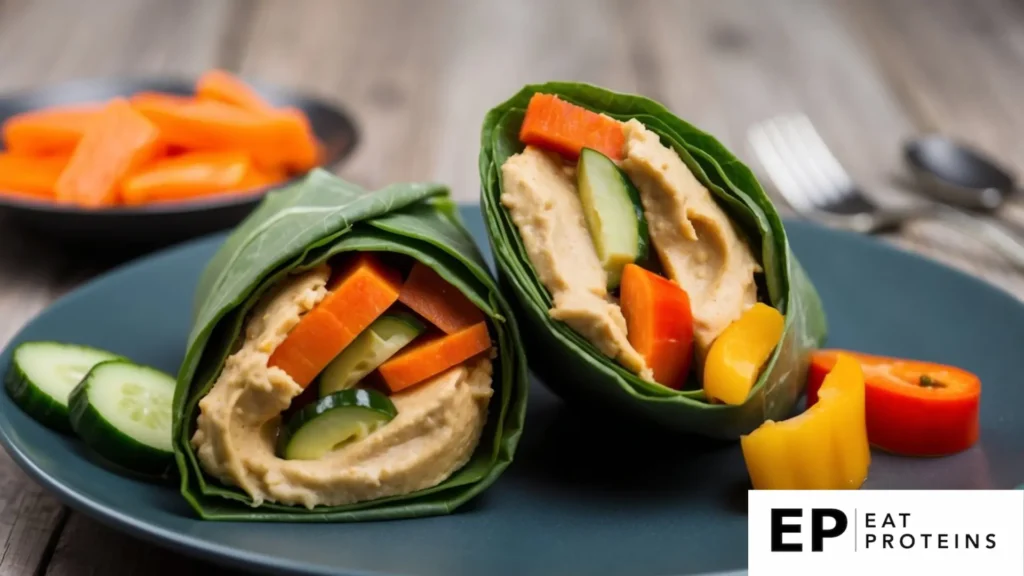
Collard wraps with hummus are a tasty raw food option. I find them simple to make and packed with nutrients.
To start, I choose large collard green leaves. I remove the thick stem and wash them well.
For the filling, I spread homemade hummus on the leaves. I then add sliced veggies like carrots, cucumber, and bell peppers.
Next, I roll the collard leaf tightly, tucking in the sides as I go. This creates a neat wrap.
I can make these wraps in about 10 minutes. They’re perfect for a quick lunch or snack.
These wraps are full of fiber and protein. The collards provide vitamins A, C, and K. The hummus adds healthy fats and more protein.
I like to make a batch of 4-6 wraps at once. They keep well in the fridge for 2-3 days.
8. Dehydrated Flax Crackers
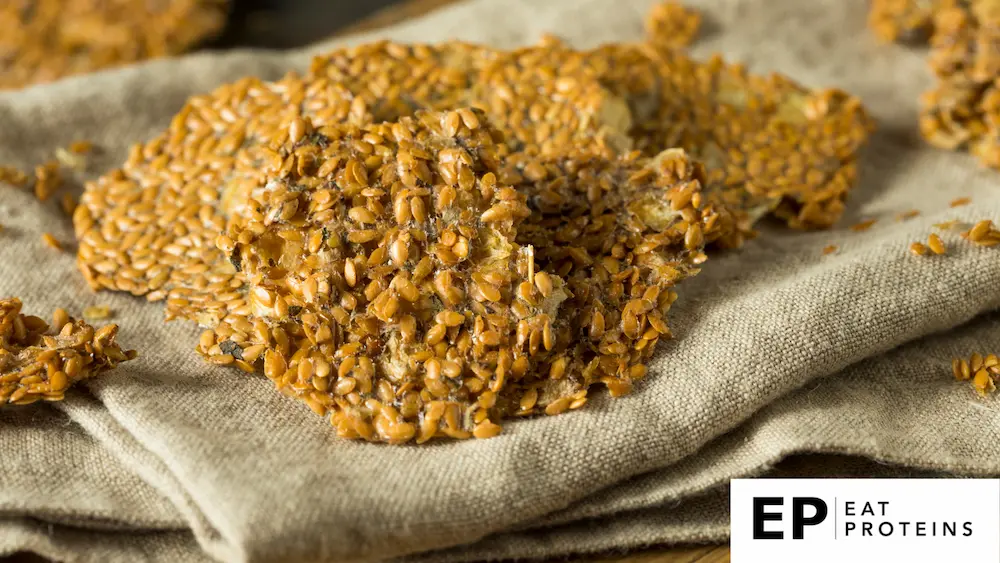
Dehydrated flax crackers are a crunchy, nutritious snack perfect for raw food diets. They’re packed with omega-3s and fiber.
I find these crackers easy to make at home. The main ingredient is ground flax seeds, which I mix with water and seasonings.
To make the crackers, I combine 1 cup of ground flax seeds with 1/2 cup of water. I add salt and herbs to taste. Then I spread the mixture thinly on dehydrator sheets.
I dehydrate the crackers at 115°F (46°C) for about 12 hours. The exact time can vary based on thickness and humidity.
Crisp crackers are ready when they’re completely dry and break easily. I store them in an airtight container to keep them fresh.
These crackers are great on their own or with dips. They’re a staple in my raw food recipe collection.
9. Sunflower Seed Pâté
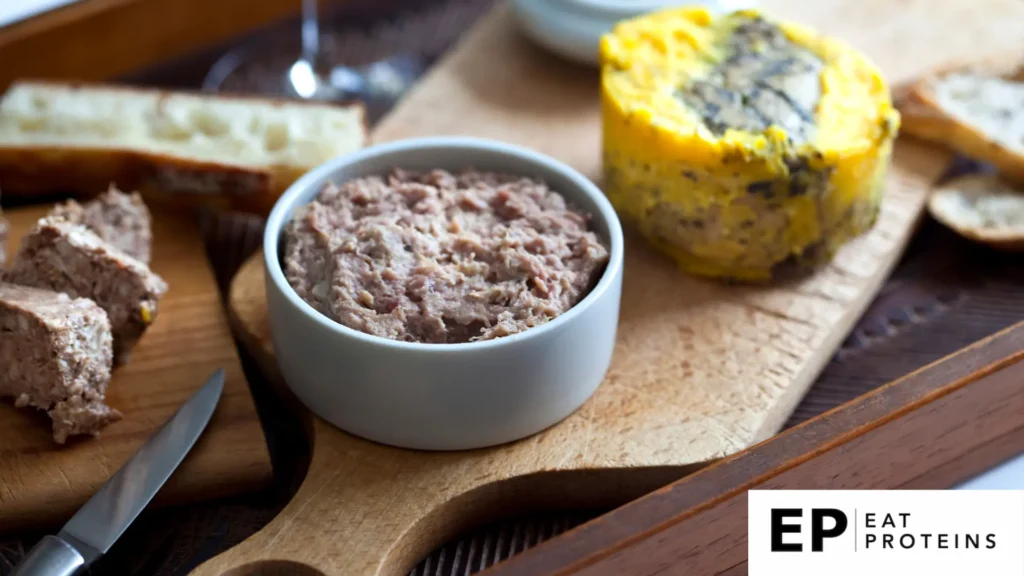
Sunflower seed pâté is a tasty raw spread made from soaked sunflower seeds. It’s a great alternative to traditional meat-based pâtés.
I find this recipe very easy to make. It only takes about 15 minutes of prep time, plus 4-6 hours for soaking the seeds.
To start, I soak 2 cups of raw sunflower seeds in water for 4-6 hours. Then I drain and rinse them.
Next, I put the soaked seeds in a food processor with 1/4 cup lemon juice, 2 tablespoons olive oil, and 1 clove of garlic.
I add 1 teaspoon of salt and 1/4 cup of fresh herbs like parsley or dill. Then I blend everything until smooth.
The pâté can be shaped into a log or spread in a dish. I let it chill in the fridge for at least 1 hour before serving.
This raw pâté is packed with nutrients from the sunflower seeds. It’s a good source of vitamin E, magnesium, and healthy fats.
10. Coconut-Curry Lentil Soup
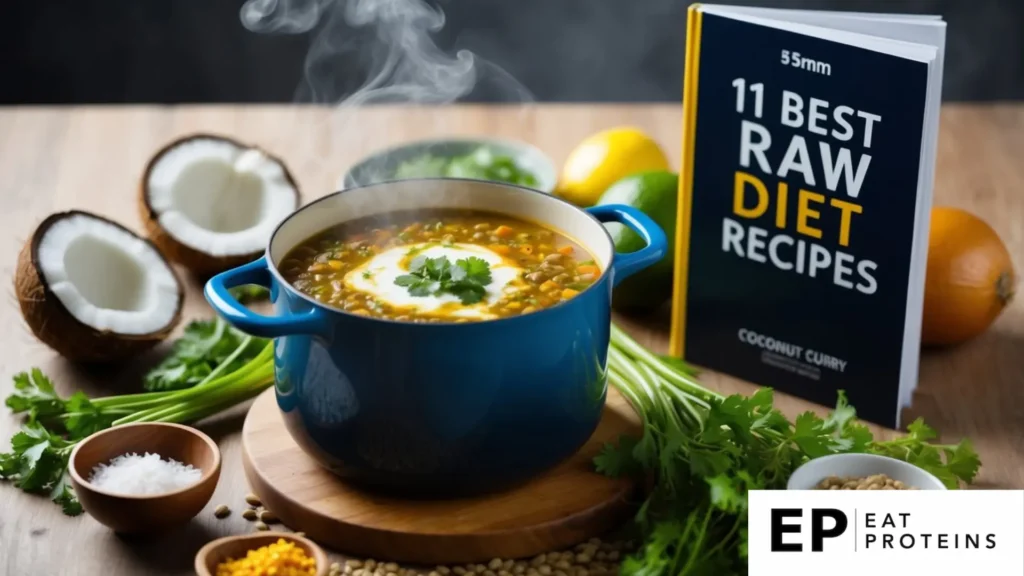
Coconut-Curry Lentil Soup is a tasty raw diet recipe that’s easy to make. I can prepare this dish in about 15 minutes using simple ingredients.
To start, I soak 1 cup of red lentils for 2-3 hours. This softens them and makes them easier to blend.
Next, I combine the soaked lentils with 2 cups of coconut milk, 1 tablespoon of curry powder, and a pinch of salt in a blender. I blend until smooth, about 30-60 seconds.
For added flavor, I mix in 1/4 cup of finely chopped cilantro and the juice of half a lime. This gives the soup a fresh, tangy taste.
I can serve this soup chilled or at room temperature. It’s filling and nutritious, packed with protein from the lentils and healthy fats from the coconut milk.
This raw soup is a great option for those following a plant-based diet. It’s both vegan and gluten-free, making it suitable for various dietary needs.
11. Spicy Jalapeño Guacamole
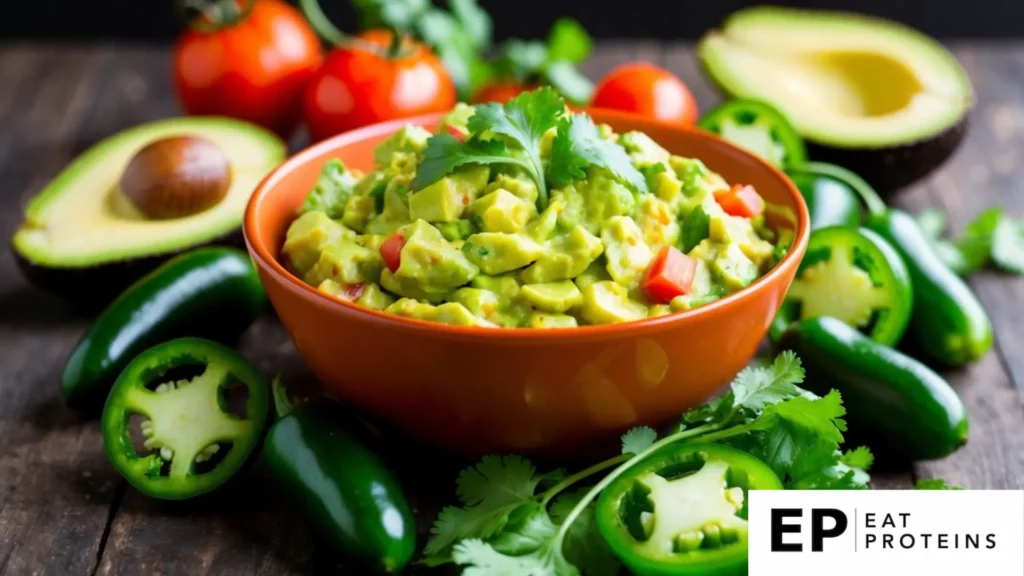
I love this zesty twist on classic guacamole. It’s easy to make and packed with flavor.
To start, I mash 2 ripe avocados in a bowl. Then I add 1/4 cup diced onion, 2 tablespoons chopped cilantro, and the juice of 1 lime.
The star ingredient is 1-2 finely chopped jalapeños. I remove the seeds for less heat. I mix everything together and add salt to taste.
This raw recipe takes about 10 minutes to prepare. It’s best served immediately, but can be stored in the fridge for up to 24 hours.
Guacamole is a nutrient-dense food. Avocados are rich in healthy fats and fiber. The jalapeños add a spicy kick and vitamin C.
I enjoy this guacamole with raw veggie sticks or as a topping for salads. It’s a versatile dish that fits well into a raw food diet.
What Are the Benefits of a Raw Diet?
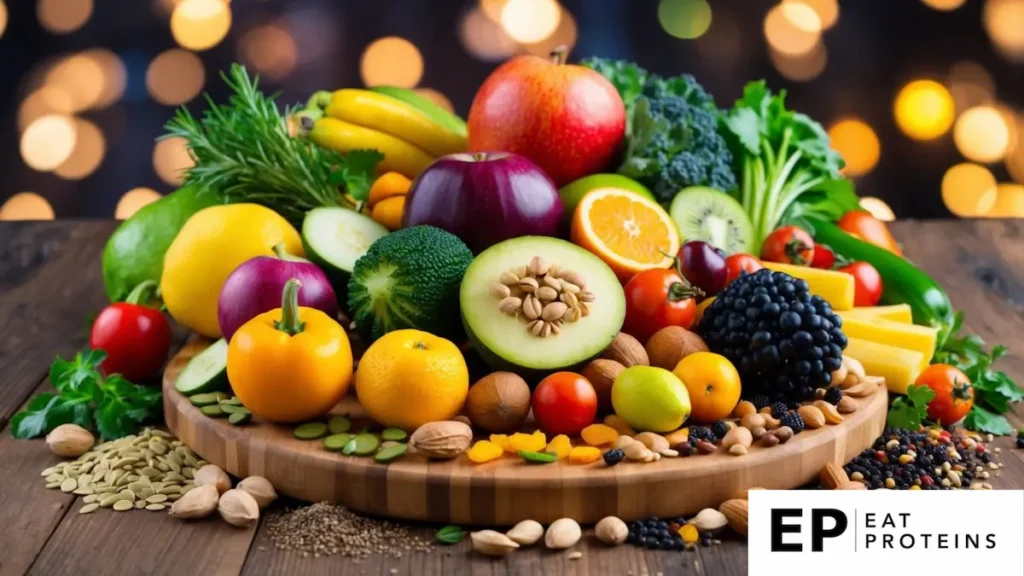
A raw diet can offer several advantages for health and wellbeing. It focuses on eating uncooked, unprocessed foods to maximize nutrient intake and promote overall wellness.
How Does a Raw Diet Help with Nutrient Retention?
Raw foods keep more of their natural goodness. When we cook food, some vitamins and minerals can be lost. Raw diets preserve these important nutrients. This means I get more of what my body needs from each bite.
Fruits and veggies are packed with enzymes. These help with digestion and other body processes. Cooking can destroy these helpful enzymes. By eating raw, I keep them intact.
Raw foods also have more antioxidants. These fight harmful molecules in my body. They can help prevent some diseases and slow aging.
How Can a Raw Diet Aid in Weight Management?
A raw diet can be great for maintaining a healthy weight. Raw foods are often lower in calories but high in fiber. This combo helps me feel full without overeating.
I find raw meals very filling. The high water content in fruits and veggies adds volume without extra calories. This makes it easier to eat less overall.
Raw diets typically cut out processed foods. These are often high in unhealthy fats and added sugars. By avoiding them, I naturally lower my calorie intake. This can lead to weight loss or help me stay at a good weight.
What Are Some Raw Food Safety Tips?
Raw diets need careful handling to avoid foodborne illness. I’ll cover key safety practices for preparing raw foods and spotting spoilage.
How Should You Handle and Prepare Raw Foods Safely?
I always wash my hands thoroughly before and after handling raw ingredients. This helps prevent cross-contamination. I use separate cutting boards and utensils for raw and cooked foods.
I store raw meats on the bottom shelf of the fridge to prevent drips onto other foods. Keeping raw and cooked foods separate is crucial for safety.
I rinse fruits and veggies under cool running water, even if I plan to peel them. For firmer produce, I use a clean vegetable brush.
When sprouting seeds or beans, I follow proper techniques to avoid bacterial growth. I use clean jars and rinse sprouts twice daily.
How Can You Recognize Spoiled Foods on a Raw Diet?
I check raw foods carefully before eating. With fruits and vegetables, I look for mold, soft spots, or discoloration. Slimy textures or off-odors are red flags.
For raw meats and seafood, I note any strange colors or strong smells. Fresh meat shouldn’t have a strong odor.
I pay attention to expiration dates, but also use my senses. Some foods may spoil before the date, while others last longer.
If I’m unsure about a food’s safety, I don’t risk it. When in doubt, I throw it out.
I store leftovers promptly and use them within 2-3 days. Proper food handling helps prevent contamination and extends freshness.
